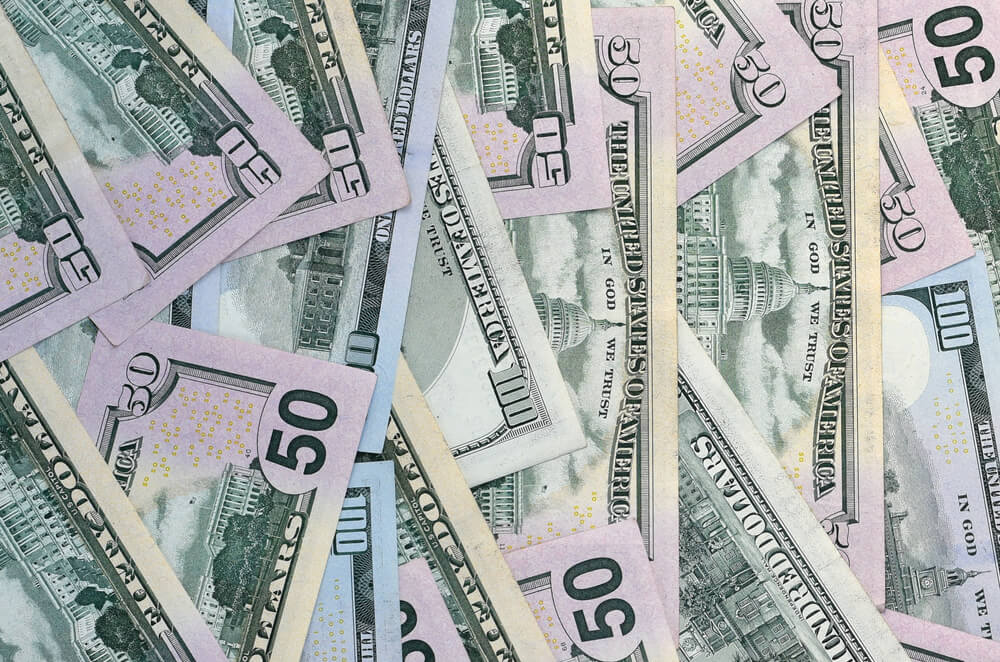The dollar was up in early European forex trading on Thursday, continuing the previous session’s gains. Traders were becoming more risk-averse following the hefty stock market losses.
The Dollar Index was up 0.1% at 90.750 At 3:55 AM ET (0755 GMT). It added on to Wednesday’s 0.6% gain.
USD/JPY gained 0.2% at 104.31 while GBP/USD lost 0.2% to 1.3655.
U.K. Prime Minister Boris Johnson indicated that the country’s current lockdown to combat the coronavirus might last until March. This did not help though.
The risk-sensitive AUD/USD fell 0.6% at 0.7613.
Wall Street’s main equity indices saw their biggest one-day percentage drops in three months. This was during the previous session, as hedge funds liquidated positions to raise liquidity. That was after suffering losses on short positions in other stocks and amid highly speculative retail buying.
This helped boost safe-haven demand for the greenback.
The more downbeat tone from the Fed as it concluded its first policy-setting meeting of the Biden era also helped. The Federal Reserve signalled concern about the pace of economic recovery.
According to ING analysts, a slightly more downbeat assessment from the Fed re-affirms the view of stable policy in coming months.
Due at 8:30 AM ET (1330 GMT), attention will turn to the preliminary reading of U.S. gross domestic product in Q4. This is to gauge the extent of the slowdown in the world’s largest economy at the end of last year.
Currency Movements
EUR/USD dropped 0.2% to 1.2083 after a European Central Bank member floated the idea of interest rate cuts. That was to curb the common currency’s recent strength.
Euro drifted lower Thursday, but it gained almost 9% against the dollar last year, the biggest annual increase since 2017.
The onshore yuan slumped to a one-week low of 6.4946 per dollar. Other Asian currencies also fell against the dollar. This is highlighting broad strength in the U.S. currency.
The Aussie fell to $0.7647, while the New Zealand dollar slipped $0.7147. Investors were selling currencies with close ties to the global commodities trade to trim riskier positions.
The two antipodean currencies considered a barometer of risk appetite, also fell against their U.S. counterpart. This is a sign of waning market confidence.
Many Asian bourses skidded by more than 1% on Thursday. This came after U.S. stocks suffered their biggest one-day percentage drop in three months on Wednesday.
















